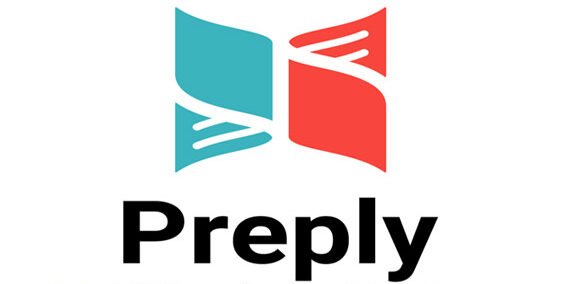
Spis treści
The Future Continuous in the Past w j. angielskim
Introduction
The Future Continuous in the Past is a tense that is used to talk about an event that was going to happen in the future, but in the past. It is also called the Future in the Past. This tense is used to describe events that were planned for the future but did not happen. In this article, we will learn about the Future Continuous in the Past in English grammar.
What is the Future Continuous in the Past?
The Future Continuous in the Past in English grammar is a combination of two tenses. It is formed by using the past simple tense of „to be” (was/were) and the present participle (-ing form) of the main verb. For example, „I was going to be working” or „They were going to be driving”.
When to use the Future Continuous in the Past?
The Future Continuous in the Past is used when we want to talk about an event that was planned for the future, but in the past. It is also used to describe events that we thought were going to happen in the future, but didn’t. For example, „I was going to be flying to Italy next week, but the flight was cancelled” or „He was going to be graduating from college this year, but he decided to take a gap year”.
How to Form the Future Continuous in the Past?
To form the Future Continuous in the Past, we use the past simple tense of „to be” (was/were) followed by the present participle (-ing form) of the main verb. For example:
– I was going to be eating breakfast at 8 am.
– They were going to be playing tennis this afternoon.
Examples of Future Continuous in the Past
Here are a few examples of Future Continuous in the Past:
– I was going to be reading a book at this time yesterday.
– She was going to be cooking dinner for her family tonight, but she is not feeling well.
– They were going to be watching a movie after dinner, but they changed their minds.
Conclusion
The Future Continuous in the Past w j. angielskim is used to talk about future events that were planned for the past. When we use this tense, we are talking about an event that would have happened in the future, had circumstances been different. It is formed by using the past simple tense of „to be” (was/were) and the present participle (-ing form) of the main verb.
FAQs
1) Is the Future Continuous in the Past a common tense in English?
– No, it is a less commonly used tense in English, but it is still important to understand and use.
2) Can the Future Continuous in the Past be used in both positive and negative sentences?
– Yes, it can be used in both positive and negative sentences.
3) Is there any difference between the Future Continuous and the Future Continuous in the Past?
– Yes, the Future Continuous talks about events that are going to happen in the future, while the Future Continuous in the Past talks about events that were going to happen in the future but did not happen.
4) Can we use the Future Continuous in the Past with all verbs?
– Yes, we can use the Future Continuous in the Past with all verbs.
5) What is the difference between the Future Continuous in the Past and the Past Continuous?
– The Future Continuous in the Past talks about events that were planned for the future but did not happen, while the Past Continuous talks about events that were happening in the past.


